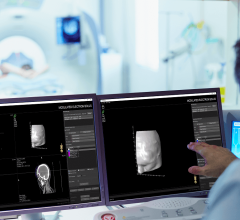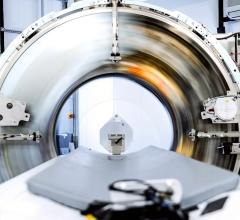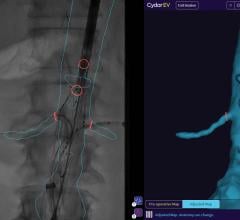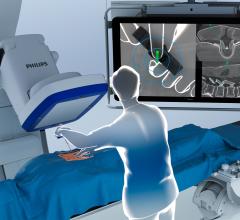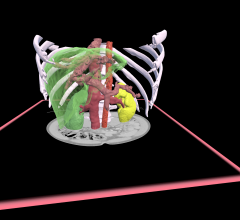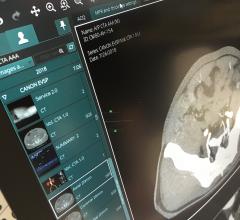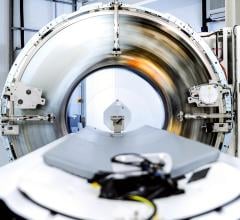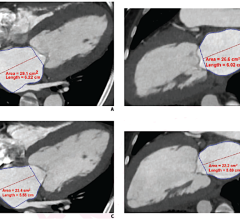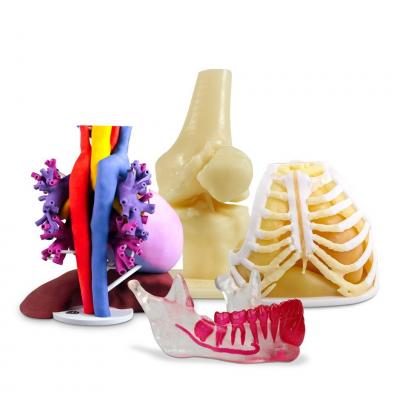
June 18, 2018 — 3D Systems announced availability of its new On Demand Anatomical Modeling Service. This new service provides a wide range of medical professionals with access to anatomical models3-D-printedfrom their 3-D digital files, enabling enhancedthree-dimensional visualizationfor surgical planning as well as patient education.
Obtaining a model requires only a few simple steps:
- Medical professionals can easily upload a 3-D model file (i.e., STL, OBJ or PLY) to the company's On Demand Anatomical Models website. Customers can prepare model files with 3D Systems' D2P software or any commercially available software;
- Customers select from a variety of materials from which to print depending on the use and desired areas to highlight in the model, and then request an instant quote; and
- After reviewing the quote, the requestor can place the order in just one click, and the finished model will arrive in approximately five business days.
To further expedite the process, 3D Systems created a seamless connection between its D2P software and the On Demand Anatomical Models website. This end-to-end medical solution allows surgeons, radiologists, lab technicians and other medical professionals to quickly create accurate, digital 3-D anatomical models from medical imaging data.
D2P now includes a unique module for Volume VR, enabling the upload and launch of the entire patient scan into a 3D Virtual Reality environment without any preprocessing of the data. This development allows the user to walk through their scans and see an enhanced view of their patient's anatomy, control layer visualization and cut cross sections in any direction. Further enhancements include improved mesh creation options, import and alignment of external mesh file into patient scan, and 3-D PDF generation.
In addition to this new service, 3D Systems continues to offer full-service virtual surgical planning and anatomical modeling services. For medical professionals wishing to produce models for diagnostic purposes and pre-surgical planning, the company provides a Patient-Specific Anatomical Modeling option. To utilize 3D Systems' anatomical modeling service, a medical professional provides a computed tomography (CT) or magnetic resonance imaging (MRI) scan of their patient to the company's team of experts at its Healthcare Technology Center in Littleton, Colo. In turn, the company's biomedical engineers process the data, design the model and 3-D-print it at the facility. The finished model is then shipped to the medical professional for use in pre-surgical planning, pre-surgical rehearsal and for educational purposes. Certain materials can also be used in a sterile environment such as an operating room for consultation during a procedure.
For more information:www.3dsystems.com

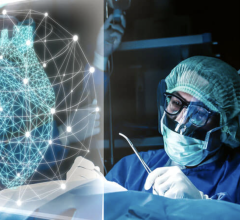
 May 24, 2022
May 24, 2022
